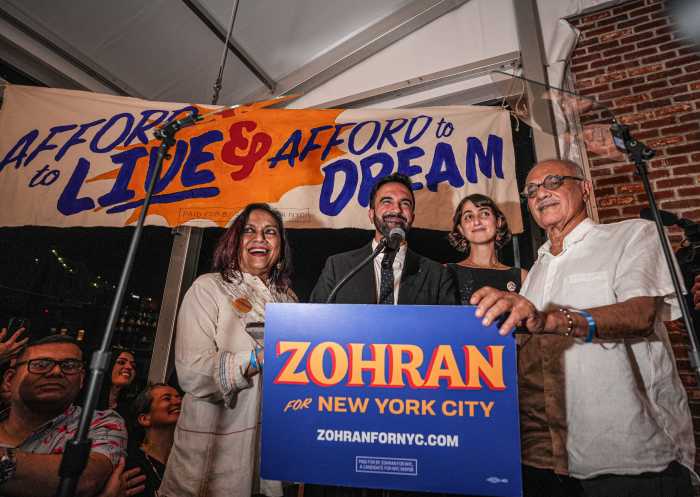Is it a streetcar with less desire?
Mayor Bill de Blasio’s plans for a streetcar route along the Brooklyn-Queens waterfront took a very public hit this week when a leaked memo revealed that the biggest selling point of the project — that it would pay for itself — might not be true.
That’s not good news for the mayor’s $2.5 billion proposal, known as the BQX, which would run from Astoria to Sunset Park. But it’s still too early to derail it altogether.
The Brooklyn-Queens waterfront will be key to the city’s growth for decades. A streetcar could connect residents of public housing, who lack sufficient transit options, and high-end developments to retail and commercial centers, and subway and bus routes.
There are still many questions. The memo to Deputy Mayor Alicia Glen, which was signed only by the “BQX project team,” warned that the cost of moving underground utilities, such as water mains and sewer and power lines, might be greater than anticipated. But what are the actual costs? Is there a reliable way to calculate whether property-value increases along the route would raise enough tax revenue to pay for the project?
City Hall’s analysis of the costs, challenges and benefits is still months away. At that point, there should be more answers. But there are also other, drier, transit deserts in NYC, other infrastructure that needs attention, and other spots requiring improvements. And there are other transportation alternatives to continue to develop and expand, such as the additional ferry service that will begin May 1.
If the streetcar project won’t pay for itself, or if it’s totally out of reach, de Blasio might have to abandon it. Big and bold ideas should be tested, but in the end, might not be the best use of limited city funds.





































